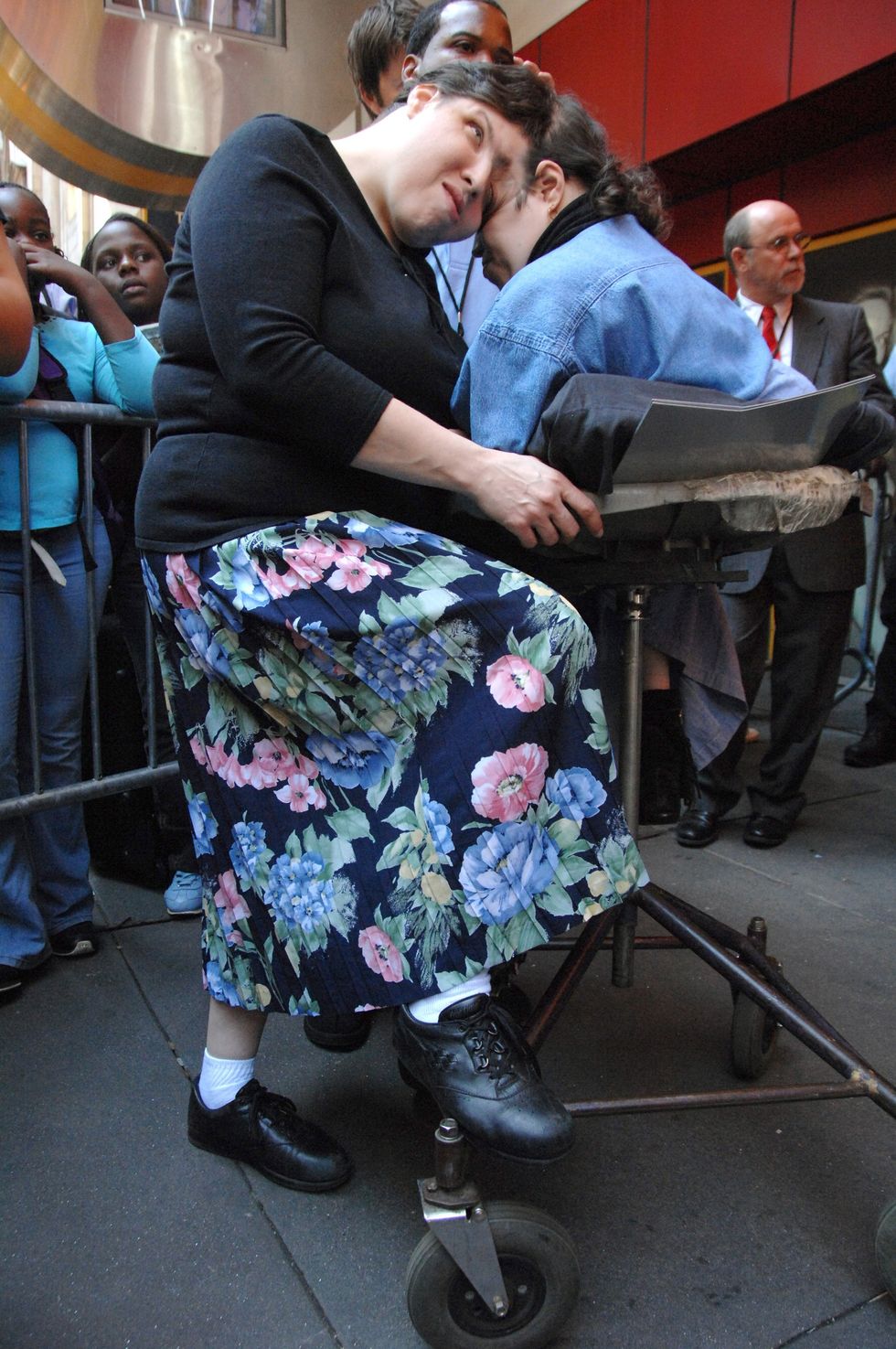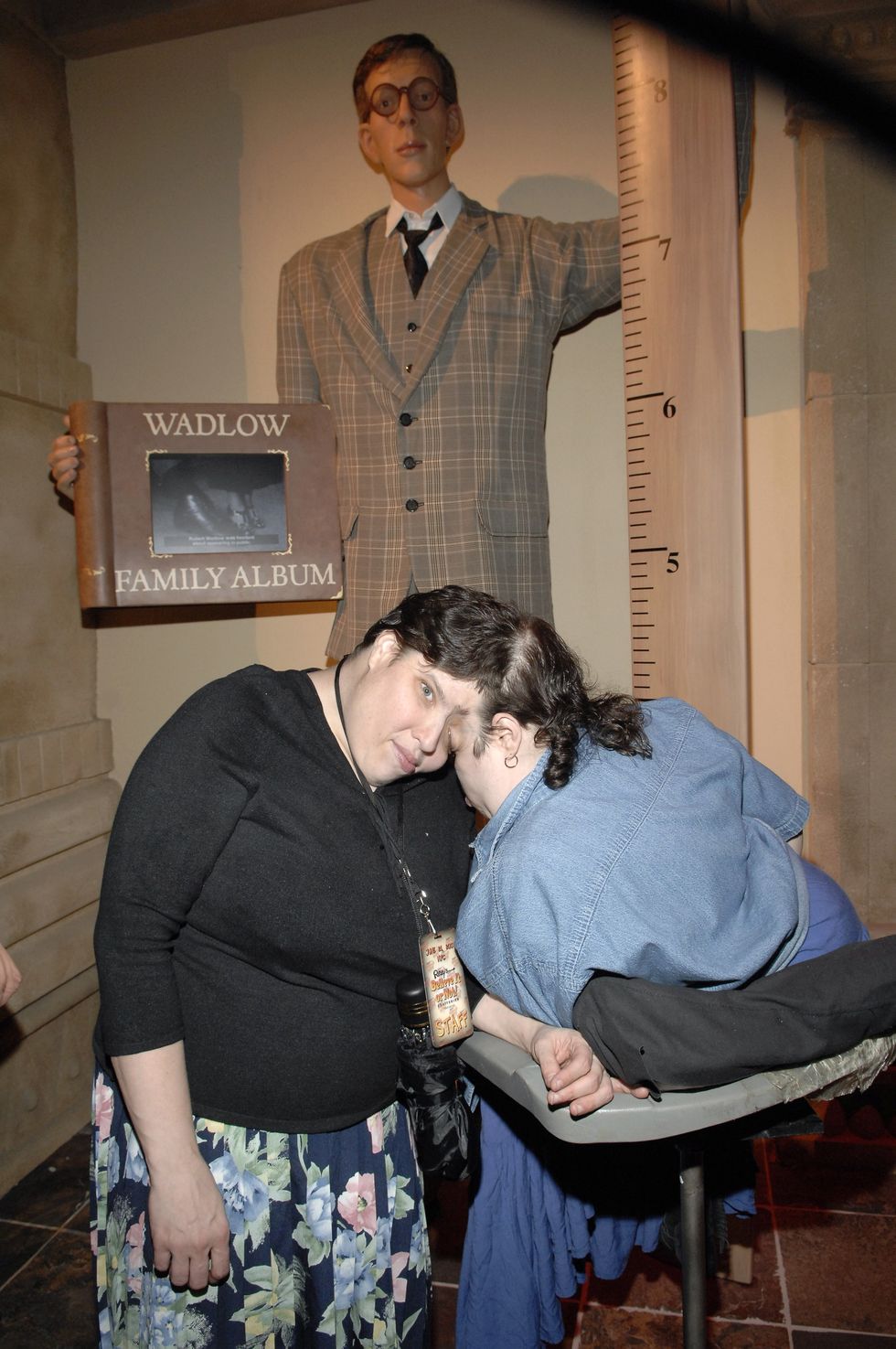Lori and George Schappell beat doctors' predictions that they would only live to 30
Getty
Lori and George Schappell shared 30 per cent of their brain and many vital blood vessels
Don't Miss
Most Read
Trending on GB News
The world’s oldest conjoined twins have died aged 62, despite doctors telling them they wouldn’t live a day past 30.
Lori and George Schappell, whose skulls were partially fused together, passed away in hospital in Pennsylvania, USA, according to their obituaries.
The cause of their deaths has not been disclosed.
The twins were born in 1961 in Pennsylvania, sharing 30 per cent of their brain and many vital blood vessels.

George enjoyed a successful career as a country singer, whilst Lori became a trophy-winning ten-pin bowler
Getty
Doctors told them that they would not live past 30, however they defied expectations and went on to live separate lives, despite being attached.
George enjoyed a successful career as a country singer, whilst Lori became a trophy-winning ten-pin bowler.
Due to George’s musical career, the pair were able to travel around the world, making trips to Germany and Japan, according to the Guinness World Records.
Lori – who was able-bodied - pushed George around in a wheelchair, as he suffered from spina bifida.
LATEST DEVELOPMENTS:
In 2022, they became the world’s oldest living conjoined twins.
The pair also became the first same-sex conjoined twins to identify as different genders, when George came out as transgender in 2007.
George – who was born Dori – first changed his name to Reba, a name inspired by his idol Reba McEntire, an American singer and actress. It was reported that George was not a fan of the twins’ rhyming names.
After coming out in 2007, he then adopted the name George.

In 2022, they became the world’s oldest living conjoined twins
Getty
Lori and George lived in a two-bedroom flat in Pennsylvania where they took turns at practising their individual hobbies.
They alternated whose room they slept in every night and were even able to shower individually by using the curtain as a barrier.
When asked if they wished to be separated in a 1997 documentary, George said: “Absolutely not. My theory is: why fix what is not broken?”
They are survived by their father, six siblings, several nieces and nephews, as well as an extended family.








